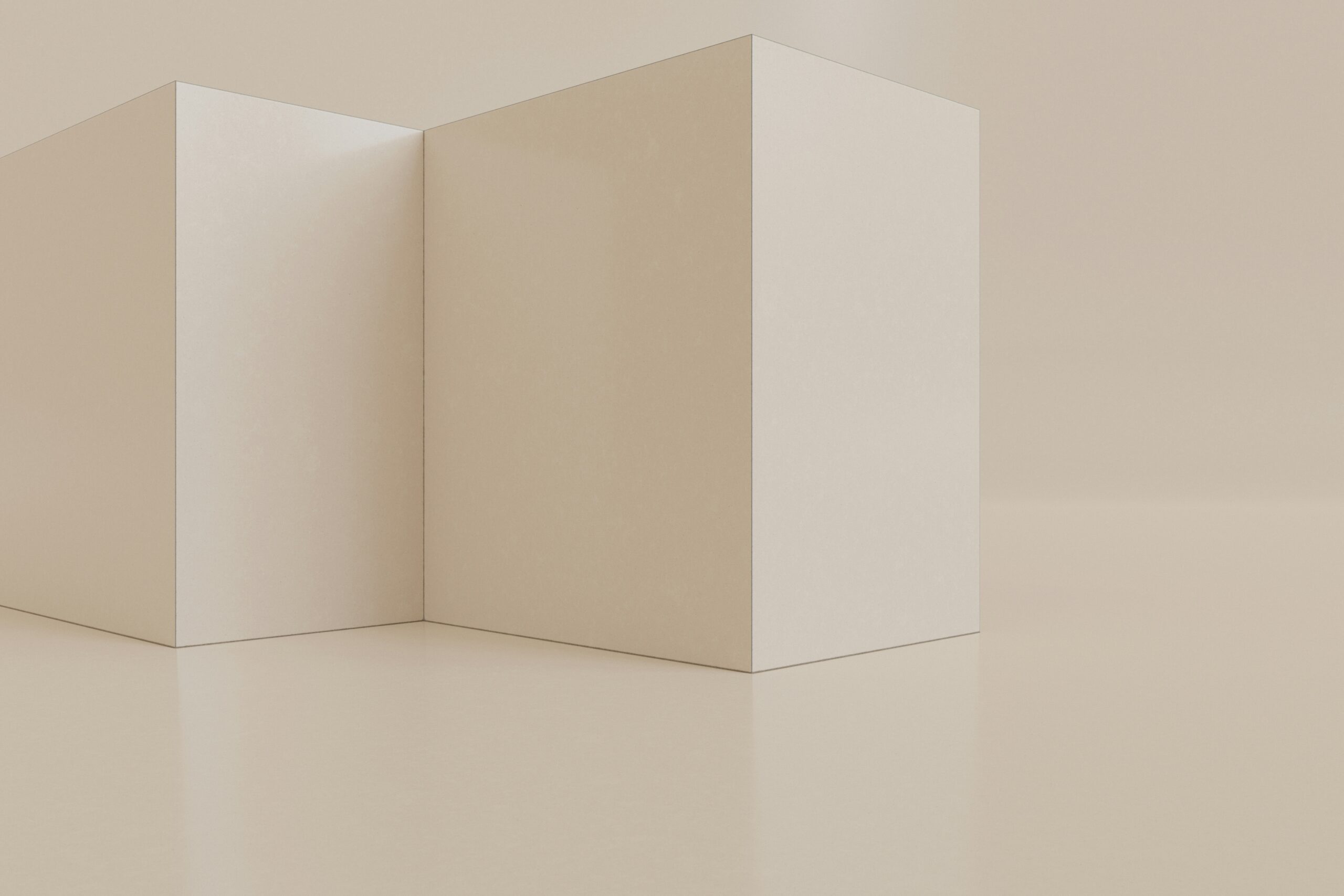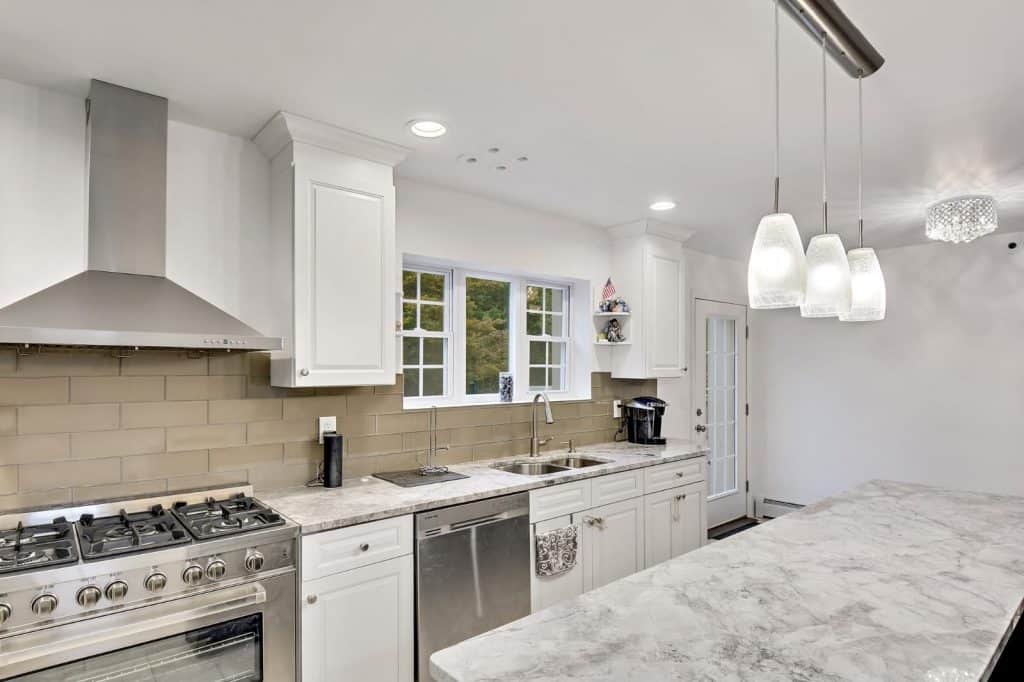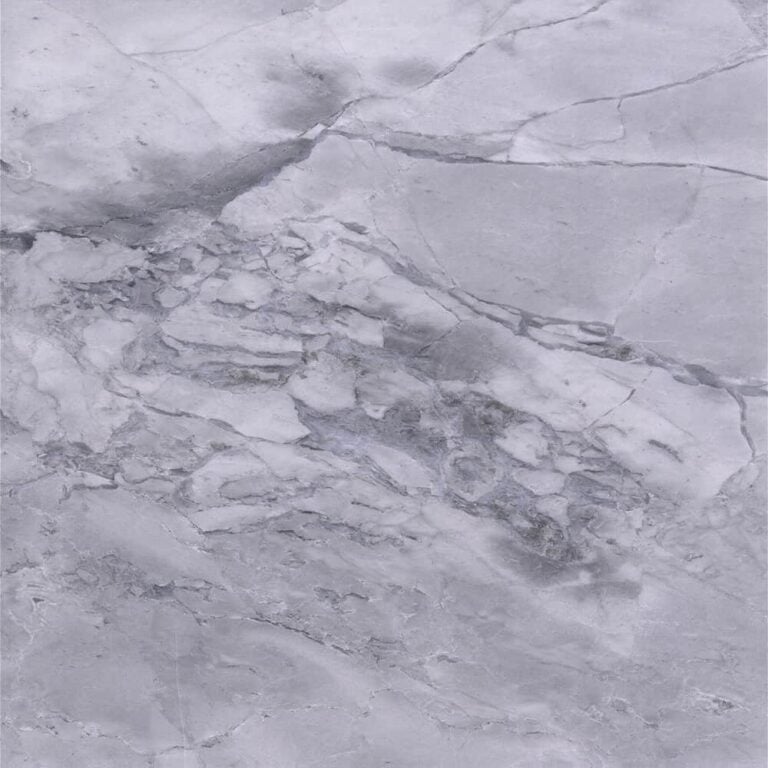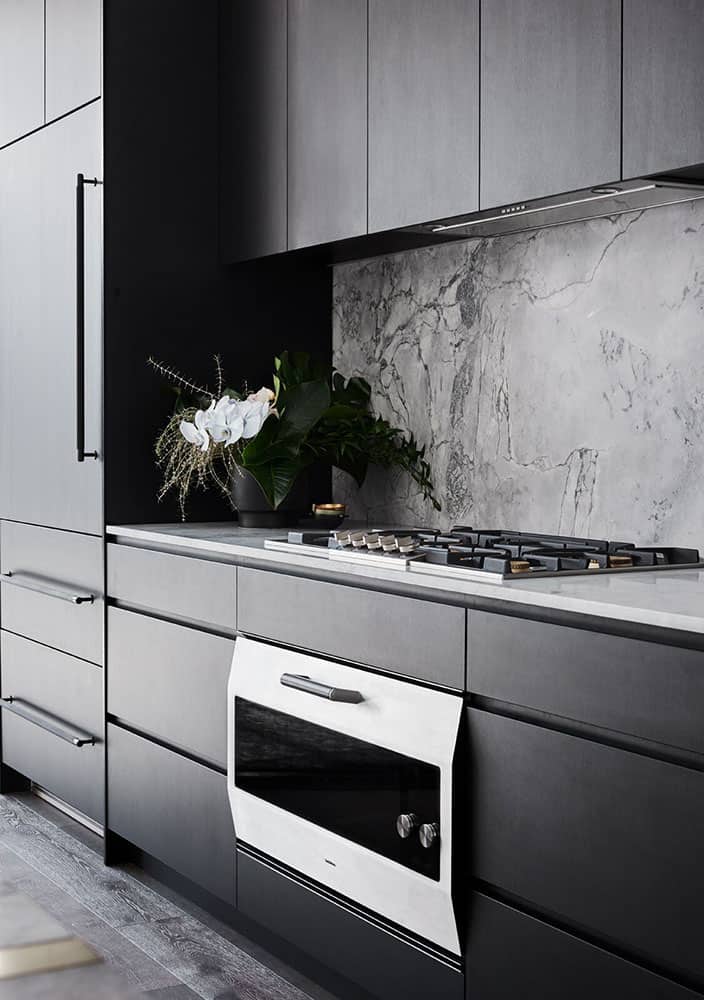Our Guide to Backlighting Stone
Are you considering using backlighting and stone in your home or commercial property?
It’s a fantastic idea! Backlit stone looks amazing and can work wonders in all sorts of spaces. But this unique stylistic choice does need correspondingly unique considerations to ensure it looks and functions as well as it ought to.
Here is our guide to how to go about using natural stone for your backlighting feature.
What is Backlighting?
Backlighting is a stylistic design technique that involves the placing of a light source behind a material that is either semi- or fully translucent. The effect is one of illumination as the light passes through the material without the harshness of direct brightness.
There are many ways to create stunning visual effects using backlighting. With backlit stone, for example, you can bring out the inherent beauty of the stone itself and highlight particular aspects of its composition.
Backlighting is a popular feature of interior design nowadays as it can be a simple and yet refined way of adding a bit of flair and opulence to an otherwise bland lighting arrangement.
What are the Best Options for Backlit Stone?
Natural stone is a fantastic option for both internal and external design, but not all stones are great for backlighting. Translucency is the key here. Without an element of translucency, the light source will not shine through and the entire effect of backlighting will be lost. So what are the best options of stone for backlighting?
Onyx Stone
Backlit onyx looks spectacular! Onyx stone is known and beloved for its translucent properties. This is why it is in fact the most popular stone for use in backlighting.
Its ability to diffuse light creates a bold and dramatic effect, softening the light itself, whilst bringing to life the stunning patterns of the stone.
You can use onyx throughout the house: It’s beautiful as is for incorporation on a feature wall or it can blend seamlessly into your home as a kitchen countertop.
Quartzite Stone
Quartzite is a popular stone for many reasons. Its high level of durability and hardiness makes it a functional and practical option for use in construction and design. Yet it’s not just about the brawn – quartzite is beautiful as well.
Different types of quartzite offer varying degrees of translucency so you will need to consider the specific type and slab when choosing this wonderful stone. Nevertheless, translucent varieties of quartzite can absolutely work visual wonders with backlighting behind it.
Marble Stone
We couldn’t possibly leave marble off the list here, could we? Like quartzite, this iconic natural stone comes in a wide variety of types. Make sure you consider the variety in front of you to ensure you achieve the optimal effect with your backlit marble.
However, with the right translucency, few things measure up to the aesthetic appeal of lit marble stone. The translucent crystal patterns and subtle shading that is so beloved of marble only becomes more stunning when set in front of the backdrop of carefully designed lighting.
Granite Stone
Granite is not as commonly used as a backlit stone as the options above. Yet, with the right type, it can really serve a powerful visual statement.
Granite is known for its granular make-up and unique aesthetic, so with the right degree of translucency, this intricate material can become absolutely glorious when enhanced with backlighting.
How to Choose the Right Stone for Backlighting
When choosing a stone for backlighting, there are several key factors to consider.
1. Translucency
It is likely obvious by this point, but worth including here for comprehensiveness’ sake. Translucency is the most important factor when considering backlit stone. Only translucent stone tiles will allow the light to pass through to create the desired effect to begin with.
To this end, while onyx is considered the most translucent stone, you can make sure that any variety of stone slab under consideration has the right level of translucency to achieve the look you are after.
2. Veining and Patterns
This one is all about personal preference. Natural stone comes in all shades, with a wide range of patterns and numerous different veining aesthetics. The play of backlighting and the effect of the subsequent shadows is part of what makes this design choice so alluring.
So consider what sort of pattern you want to create? What sort of mood are you trying to achieve? What sort of colours will make your room sing? Once you know what you’re after, you can begin finding the right beautiful stone to enhance with perfectly arranged backlighting.
3. Thickness
Like translucency, the thickness of a stone slab or tile can affect the ability of light to pass through. Thinner stone panels allow for better diffusion of light.
There are some modern design techniques that use super thin stone panels, reinforced with other materials, to enhance translucency even more. But this comes down to personal preference and the aesthetic you’re trying to achieve.
Best Locations for Backlit Stone
Backlit stone can be used throughout the home to create ambiance, infuse style and make a strong aesthetic statement.
In the Kitchen
Backlit countertops or backsplashes are becoming more and more popular as they can serve as eye-catching features while also providing functional lighting.
In the Bathroom
Brightly lit up stone can enhance the aesthetic of bathroom vanities or shower walls, helping to create a spa-like atmosphere.
In the Living Room
Backlit stone makes for a create and simplistic feature wall to either work as a focal visual point in the room, add some needed depth or simply bring in some colour.
In the Hallway
Backlit stone panels can create both a welcoming ambiance and functional path guide to turn your hallway into an inviting, warm space.
Euro Marble - premier supplier of natural stone
Whether you’re considering a backlit marble feature wall or onyx countertop, Euro Marble is the premier supplier of natural stone throughout Sydney.
Why choose Euro Marble?
Our team of stone enthusiasts are always here to give a helping hand and some expert advice on how best to bring your backlit stone ideas to life.
The Ultimate Guide to Super White Dolomite
What is super white dolomite, how does it differ from marble stone and what benefits can this material bring to your home?
In this ultimate guide to all things super white dolomite, we’ll introduce you to this fantastic natural stone so that you can incorporate it in your next home build or renovation project.
Super White Dolomite: what is it?
Dolomite is a sedimentary rock primarily found in sedimentary basins. Sometimes referred to as dolostone or dolomite rock, dolomite is formed in a similar process to limestone. For that reason, it shares many of the same characteristics and properties.
Super white dolomite, specifically, is a variety of dolomite that is known for its striking white colour and accompanying subtle yet stunning grey veining. Considered a luxury stone, super white dolomite has been used in internal and external construction and design for many years. In recent times, this fantastic natural stone has become even more popular thanks to its combination of aesthetic appeal and functional utility.
Where does super white dolomite come from?
Super white dolomite is sourced from quarries in the Bahia region of Brazil. As with all natural stone, it is extracted from the ground by being cut out as large blocks of stone. These blocks are then polished and cut into slabs for use in various applications.
Each slab of dolomite is inspected to ensure that it is of a high enough quality–aesthetically and structurally–to meet international standards, before they are processed and shipped around the world.
What is the difference between Dolomite and Marble?
Super white dolomite and marble are often compared against one another. This is understandable, of course, seeing as both stones come in the iconic stone aesthetic of white with grey veining.
However, there are compositional and property-related differences that are important to consider. For one, dolomite–like limestone–is denser than marble. This means that it is less porous and can often be more suitable for areas of the home exposed to liquid and moisture. (Think a super white dolomite kitchen or super white dolomite bathroom…)
Super white dolomite is also more durable and hardy, which means that it is generally more resistant to scratches, chips, stains and cracks. For that reason, many people opt for dolomite over marble for applications that are exposed to high levels of foot traffic and home activity as well.
Using Super White Dolomite
Being the versatile and functional natural stone that it is, super white dolomite can be used throughout one’s home.
1. Kitchen Countertops
Your kitchen countertop or benchtop is a fantastic opportunity to incorporate a beautiful and functional stone slab. Super white dolomite is not just stunning but highly durable and therefore quite popular for use in kitchens.
2. Bathroom vanities and flooring
Like kitchens, bathrooms require significantly durable material to ensure they can stand up to the high levels of moisture and humidity typical of the space. Super white dolomite brings with it not just the light, bright and luxurious aesthetic quality often associated with marble but a high level of practical durability as well.
3. Wall cladding
Super white dolomite is a great option for use in wall cladding. Whether you decide to use it across a full wall’s worth of space or only have the inclination (and budget) for a dolomite feature wall, this natural stone will look amazing in just about any application.
4. Fireplace
Your fireplace offers a unique opportunity to infuse a bit of glamour and beauty in an otherwise rather practical space. To this end super white dolomite brings an opulent quality that is most commonly associated with marble but with stronger heat resistance and durability.
Benefits of Choosing Super White Dolomite
1. Aesthetic Beauty
For one thing, super white dolomite is beautiful. Its aesthetic means that you can achieve a similar visual effect to marble but without the associated maintenance requirements and price tag.
2. High Durability
As mentioned above, super white dolomite is highly durable and hard wearing. This makes super white dolomite bathrooms and kitchens very functional, as its high density provides significant resistance to everyday wear and tear.
3. Heat Resistance
It’s not just about scratches and chips though. Dolomite is also high in heat resistance, so that exposure to higher temperatures–especially in the bathroom or kitchen-won’t compromise the material functionally or aesthetically when properly maintained.
4. Easy to Maintain
Super white dolomite, like marble, does require resealing every few years to keep it clean, pristine and as good as new. However, between reseals, maintenance is easy. Simply use a soft sponge and warm water to regularly wipe down your stone benchtop or vanity.
Here is a similar guide to keep your dolomite looking and functioning as well as possible.
- Always clean up any spills as soon as possible (by blotting and not wiping) to prevent staining.
- Do not cut directly on to the stone itself to prevent scratches.
- Do not put hot pots and pans directly onto the stone itself.
- Keep the stone regularly and professionally sealed to maintain its protective barrier.
- Always clean with warm water and a soft sponge. Hard, abrasive sponges and chemical cleaners can damage the stone.
5. Affordability
Compared to marble, super white dolomite’s price is more affordable. This has added to its surge in popularity in recent years as homeowners and interior designers can achieve similar visual effects as marble but without the associated higher price tag.
6. Timeless Style
Whenever you’re designing or renovating a home, the cyclical nature of styles and fashions can cause some aesthetics to look dated over time. Super white dolomite is understated in its aesthetic quality and timeless in its appeal, which means your investment will avoid trends that can quickly become outdated.
Explore Super White Dolomite at Euro Marble
Whether you’re set on super white dolomite, marble, limestone or any other natural stone, the team here at Euro Marble is ready to help.





